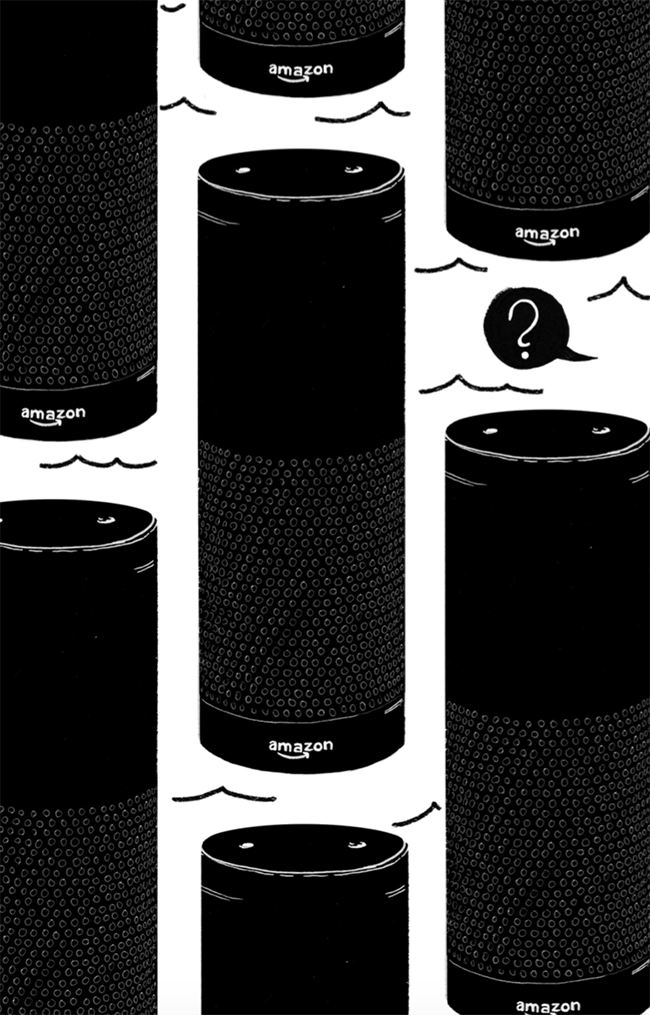ZEITGUIDE TO AMAZON VS BRANDS

How was your Prime day?
Despite a slow start due to site errors (which gave the dogs of Amazon a chance to shine) Amazon managed its best day of shopping ever this week. In particular, the company capitalized on the day to push its tech products, like the Echo, and its growing roster of private label brands.
Today, Amazon has over 100 brands under its banner, ranging from basics like batteries, to women’s intimates, to shoes. Most of those don’t carry the Amazon name, but if you bought jeans from Goodthreads or that mid-century modern coffee table from Rivet, you were buying from an Amazon brand.
Deciding what to sell next is informed by the massive amount of data Amazon collects on shopper searches and preferences. Per Mary Meeker’s annual internet trends report, around 49 percent of all product searches now begin with Amazon. Some 70 percent of those searches are for generic goods, meaning shoppers aren’t starting with a specific brand in mind. So, capitalizing on consumers’ growing indifference toward brand names, Amazon is stepping in with offerings mimicking what other shoppers have liked at a lower cost.
The concept of a private label is nothing new—grocery chains and big name retailers like Walmart and Target have capitalized on it for years. But Amazon’s ability to shape what consumers see first on the platform takes this strategy to a new level.
“What’s happening on Amazon is different than you see in brick-and-mortar stores,” says Kevin Grundy, an analyst at investment bank Jefferies. “There, private label brands might take slightly more than 10 percent market share. Amazon’s private label brands are taking more than 25 percent of the online market.”
That makes things a little awkward for name brands selling their goods on the platform. A product that sells well may quickly find itself contending with an Amazon branded facsimiles, which then earns top billing on search results.
As a result, more brands have been motivated to forgo selling on Amazon in favor of doing business directly through their own websites. Aiding them are platforms that facilitate setting up an online store, like Shopify, as well as improvements to social shopping features such as the ones found on Instagram. Apparel retailers, in particular, are enjoying success with this strategy, thanks to the greater cache Instagram has with fashion minded shoppers than Amazon.
Influencers are also still a helpful selling tool. A particularly lucrative genre of influencer marketing is spawn con, slang for “sponsored content featuring kids.”
“Every single brand I talk to in the motherhood space is all trying to go direct to the consumer. They’re really trying to get out of retail,”says Paul Desisto, an agent who negotiates such partnerships.
With Amazon selling more than ever, the draw for brands will remain strong. But if the platform continues to put its own products over those of its partners, a greater migration of brands from Amazon could be on the horizon.
Want to learn more about ongoing business and cultural transformation?
#GetSmartQuick with ZEITGUIDE 2018.
Inquire about our custom offerings.
Sign up to receive our weekly newsletter.
